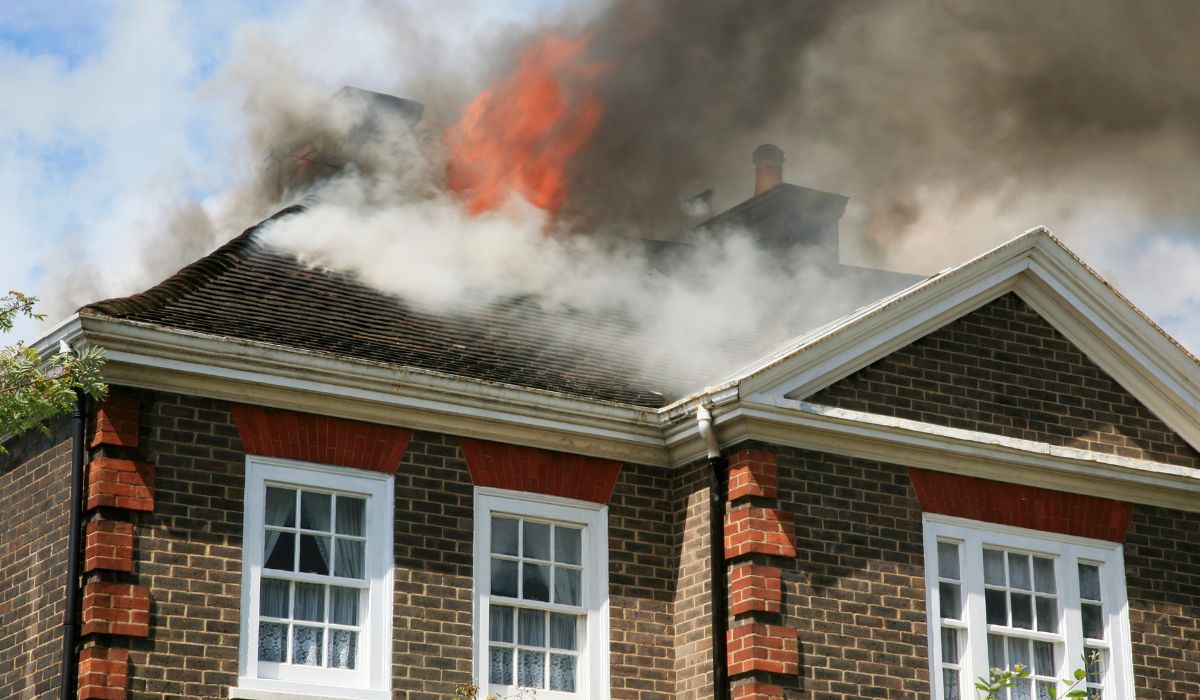How Quick Response Impacts Water Damage Restoration
When water floods your home, every second counts. A quick response can mean the difference between a small cleanup and major damage restoration. Water can soak into drywall, wood, and carpet, leading to mold growth, bacteria, and even electrical hazards. That’s why calling a professional restoration service right away is the best move you can make to prevent water damage and protect your property.

Why Quick Response Matters in Water Damage
When water damage happens, it spreads fast. Within minutes, moisture seeps into walls and floors. Within hours, it can cause mildew, contamination, and even weaken your construction materials. Acting fast helps limit these risks and reduces repair costs.
A quick response from professional restoration services helps with:
- Stopping the leak or flood source
- Removing standing water
- Drying out carpets, flooring, and drywall
- Reducing mold and bacteria growth
- Preventing long-term structural damage
The Science Behind Water Damage
Water doesn’t just sit on the surface—it travels. It seeps into cracks, joints, and materials like wood and drywall. Once trapped, the moisture becomes a breeding ground for mold, mildew, and bacteria.
If ignored, this can lead to:
- Health hazards from poor indoor air quality
- Rotting wood and flooring
- Damaged electrical wiring and plumbing
- Unpleasant odors and smoke-like smells
The faster you remove the water, the less damage it can do.
What Happens During Emergency Water Damage
A disaster response team follows a clear process to restore your property safely and quickly. Here’s what usually happens:
Step 1: Emergency Service Call
As soon as you notice a leak, flood, or sewage backup, you call for emergency service. Trained experts arrive quickly—often within an hour—to assess the hazard and begin mitigation.
Step 2: Water Extraction
Using special pumps and vacuums, restoration professionals remove standing water. This step is key to stop further contamination and reduce moisture inside walls, floors, and ceilings.
Step 3: Drying and Dehumidifying
Powerful fans and dehumidifiers remove hidden moisture trapped in drywall, carpet, and wood. Proper drying helps prevent mold growth, mildew, and bacteria buildup.
Step 4: Cleaning and Sanitizing
Surfaces are cleaned using safe chemicals to remove bacteria, sewage, or mold spores. This keeps your indoor air quality safe and reduces health risks.
Step 5: Restoration and Repairs
Finally, professional restoration services repair or rebuild damaged drywall, roofing, flooring, or electrical systems. This returns your home to its pre-loss condition.
Risks of Delaying Water Damage Restoration
A slow response to water damage can lead to serious safety and financial risks.
Here’s what can happen if you wait:
- Mold growth begins within 24–48 hours
- Wood and drywall weaken from trapped moisture
- Electrical wiring may short-circuit, causing a fire hazard
- Bacteria and sewage spread harmful contamination
- Insurance coverage may be limited if you delay mitigation
Quick action keeps your home safe and can even protect your insurance claim.
How Quick Response Prevents Mold Growth
Mold needs only two things to grow—moisture and time. When water sits in walls or carpets, mold spores spread through the air. This affects your indoor air quality and can trigger allergies or asthma.
Professional mold remediation is often needed when mold growth goes unchecked. However, quick response helps avoid the need for major mold removal by drying and cleaning your home before spores can spread.
The Role of Professional Restoration Services
Professional restoration services use advanced tools to spot hidden damage. With infrared cameras and moisture meters, they can locate water inside walls, under flooring, or above ceilings.
Their work includes:
- Emergency water damage removal
- Water restoration services for homes and businesses
- Disaster response for floods or leaks
- Fire and smoke damage repair
- Mold remediation and indoor air testing
Hiring a professional ensures your property is restored safely and up to industry standards.
How Quick Response Protects Your Health
Water damage isn’t just about your property—it’s about your health. When moisture lingers, it allows mold, bacteria, and sewage particles to multiply. These can cause:
- Allergies or breathing issues
- Headaches or fatigue from poor indoor air quality
- Risk of infection from contaminated water
A quick response keeps your home clean and your family safe from these hidden dangers.
The Connection Between Water Damage and Fire Hazards
You might not think of fire when dealing with a flood, but water and electricity don’t mix. Electrical wiring can become a serious hazard when exposed to moisture.
A professional restoration team checks your electrical system before turning power back on. This prevents short circuits or electrical fires during the drying and repair stages.
Working With Insurance During Restoration
After a disaster, your insurance policy plays a key role in covering restoration costs. Most policies include water damage from burst pipes, roof leaks, or plumbing failures—but not all cover flooding from natural disasters.
When you call for professional restoration services, they can help you document the damage, take photos, and provide detailed reports for your insurance claim. Quick documentation improves your chances of full coverage.
Common Causes of Emergency Water Damage
Water damage can strike in many ways. Knowing what causes it can help you react quickly:
- Burst pipes or leaky plumbing
- Broken sump pumps or appliances
- Roof or gutter leaks after heavy rain
- Overflowing toilets or bathtubs
- Sewage backups
- Natural floods and storms
When you spot the first signs of trouble—like stains, a musty odor, or dripping water—call for emergency water damage help right away.
How to Choose a Reliable Restoration Company
Not all restoration services are equal. Here’s what to look for in a professional team:
- 24/7 emergency service
- Certified water restoration and mold remediation experts
- Fast disaster response time
- Licensed and insured technicians
- Use of advanced drying and dehumidifying equipment
- Clear communication with your insurance company
A local company with a good reputation in your area can make the recovery process smoother and quicker.
Preventing Future Water Damage
The best way to handle water damage is to prevent it from happening. Here are a few simple ways to protect your home:
- Check your roof and gutters for leaks
- Fix plumbing issues immediately
- Install a sump pump in your basement
- Keep an eye on appliances like dishwashers and washing machines
- Seal cracks around windows and doors
- Schedule regular home inspections after heavy rain or storms
Routine maintenance keeps your property safe and avoids costly damage restoration later.
Why Quick Response Saves Money
A quick response not only prevents mold and bacteria but also lowers repair costs. The longer water sits, the more damage spreads. Fast mitigation means:
- Less construction and replacement work
- Shorter restoration times
- Lower insurance deductibles
- Reduced risk of secondary damage like mildew or odor
When time is money, fast action pays off in the end.
Final Thoughts on Quick Response and Water Damage
A quick response is the key to safe, effective water damage restoration. Acting fast protects your home, health, and wallet. Whether it’s a flood, leak, or sewage issue, contacting professional restoration services right away ensures the best results.
If you face an emergency, call a trusted restoration water expert for help. The sooner they arrive, the faster your home—and your peace of mind—can be restored.
FAQs About Quick Response in Water Damage Restoration
How fast should I call for help after water damage?
Immediately. The first 24 hours are critical to prevent mold growth, bacteria, and structural damage.
Can quick response really prevent mold?
Yes. Drying and dehumidifying within the first day greatly reduces mold and mildew risks.
Will insurance cover emergency water damage?
Most insurance policies cover sudden water damage, but not flooding. Always contact your provider to confirm.
Is it safe to stay home after a flood?
It depends. Contamination, electricity, and structural hazards may make your home unsafe until professional restoration services complete their work.
How long does full water restoration take?
Minor leaks can be fixed in a few days, while larger disasters may take one to two weeks depending on drying, repairs, and mold remediation.



